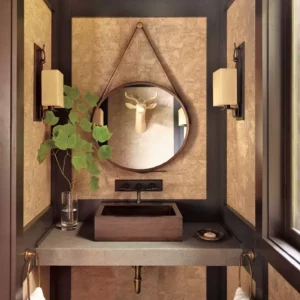Timeless Icons Taj Mahal in Agra, India is a mausoleum. People refer to it as “the pearl of Muslim art” and the “crown of palaces”. It is one of India’s most famous and well-known landmarks.
The place is well-known and appreciated not only in India but also throughout the world. After the death of his third wife Mumtaz Mahal, Shah Jahan, a Mughal emperor, commissioned this now-famous building. Jahan came up with the idea for the Taj Mahal, which is essentially a tomb, to honor his wife’s memory.

History:
The Shah Jahan commissioned the creation of the Taj Mahal to honor his beloved wife who had died giving birth to their final child together. The Taj Mahal had no other motive for its construction.
The Mughal Empire was experiencing its best and most affluent economic times at the time, and had no need to flaunt its authority or wealth to surrounding political or geographical groups.
Jahan’s love for his late wife and the influence of traditional Persian architecture and classic Mughal architecture, particularly the architecture found in notable tombs in the area, were sources of inspiration for the Taj Mahal.
The Taj Mahal draws inspiration from tombs such as Temur’s tomb, Hamayun’s Tomb, Itmad-Ud-Daulah’s
Mughal Architecure:
Although Mughal and Persian architectural features can be found in the Taj Mahal, it remains one of the most accomplished examples of Mughal architecture.
Mughal architecture, however, combines a variety of styles such as Islamic, Indian, Persian, and Ottoman Turkish architecture.
The Taj Mahal is the first or one of the first Mughal buildings to incorporate white marble into its design. Jahan not only demanded the use of expensive and ornate white marble but also directed that the white marble be inlaid with jewels.
Previously, Mughal structures were more utilitarian and rugged, with sandstone being the primary building material, but the Taj Mahal was constructed solely for its beauty.





